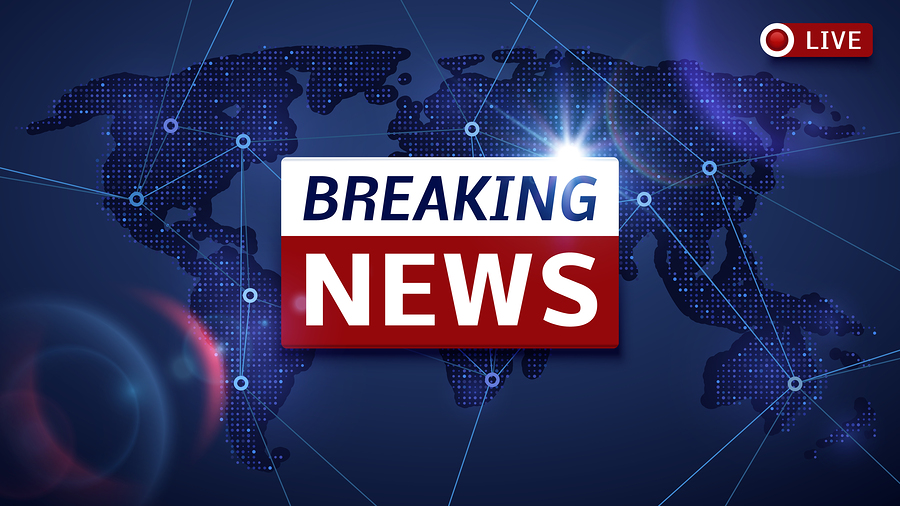The Small Business Reorganization Act of 2019 (“SBRA”) became effective on February 19, 2020, after being enacted by Congress at blazing speed. Indeed, the legislation was first introduced into the House of Representatives on June 18, 2019, was received by the Senate on July 24, 2019 and was signed by the President on August 23, 2019. The SBRA is intended to help small businesses restructure their debts in bankruptcy more effectively.
To say the SBRA is welcomed legislation is an understatement. Yet, because of its speedy passage, there is not much legislative history shedding light on the new legislation other than statements by Congressional members supporting its enactment. Among others are the following statements by Senator Joni Ernst:
Iowa is home to more than 267,700 small businesses, making up just over 99% of the businesses in our state. While many of these businesses are thriving, those that experience financial distress face an overly burdensome and costly bankruptcy system. Our bipartisan bill would streamline the reorganization process, preserve jobs, and allow small business owners to maintain control and negotiate a successful reorganization.
Given the dearth of legislative history, issues will naturally arise that Congress did not necessarily consider in enacting the SBRA. One such issue is whether the SBRA (which became effective on February 19, 2020) can be retroactively applied to cases pending before its effective date.
In In re Progressive Solutions, Inc., Case No. 8:18-bk-14277-SC (Bankr. C.D. Cal. Feb. 21, 2020), the Bankruptcy Court for the Central District of California addressed this issue.
The Court held that, given the limited (but supportive) legislative history of the SBRA, the lack of statutory prohibition against retroactive application and the minimal inconvenience, the SBRA could be applied to cases pending before its effective date. Thus, a small business chapter 11 debtor could amend a voluntary petition pending before the SBRA was enacted to elect to be covered by the SBRA.
The Court went further, however. It also held that a debtor seeking retroactive application of the SBRA does not need to file leave of court (or any type of motion) to have the SBRA applied retroactively. Pursuant to Bankruptcy Rule 1009(a), the debtor simply could amend its voluntary petition in due course at any time before the case is closed. The Court found sufficient procedural protections for parties that might be affected by the SBRA’s retroactive application, in light of Bankruptcy Rule 1009(a)’s provision allowing parties in interest the right, in effect, to object to any amendment of a voluntary petition.
Takeaway-In rending his opinion in Progressive Solutions, Judge Clarkson appeared to be embracing the necessity of reform to small business reorganizations under the Bankruptcy Code. Because no party in interest could demonstrate any substantive rights that were negatively affected by the SBRA’s retroactive application, the Court saw little reason not to allow the small business debtor to make this election. While the opinion does not delve into the debtor’s rationale, it is likely that the debtor could not otherwise confirm its chapter 11 plan under the prior version of the Bankruptcy Code. Whether other courts will follow Progressive Solutions remains to be seen. But, one thing is clear: practitioners who thought they had time to learn about the new legislation are wrong. The SBRA is here, and it’s only a matter of time before a creditor or other party will be confronted with its application.

